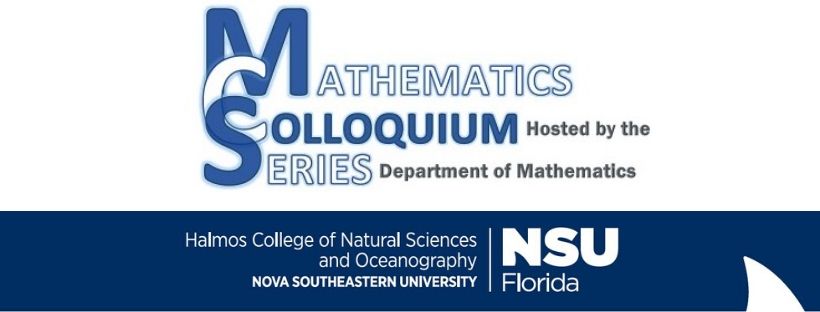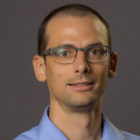Description
In biology, the movements of tiny structures often rely on the mechanical properties of long, thin tubes. For example, bacteria swim by rotating their flagella, and in cell division (mitosis) the two copies of the DNA must be pulled apart by microtubules. To understand these processes it is very tempting to take advantage of the large aspect ratio of the thin structures, for example by modeling them as one-dimensional curves rather than as more complicated objects with volume and surface area. This kind of shortcut saves a lot of work! I will describe one standard and widely used tool known as "Slender Body Theory" and then share some new modeling and simulation results illuminating the circumstances under which SBT is or is not an accurate approximation.
Date of Event
April 14, 2022
Location
Virtual
Modeling and simulation of microscopic fibers in a viscous fluid
Virtual
In biology, the movements of tiny structures often rely on the mechanical properties of long, thin tubes. For example, bacteria swim by rotating their flagella, and in cell division (mitosis) the two copies of the DNA must be pulled apart by microtubules. To understand these processes it is very tempting to take advantage of the large aspect ratio of the thin structures, for example by modeling them as one-dimensional curves rather than as more complicated objects with volume and surface area. This kind of shortcut saves a lot of work! I will describe one standard and widely used tool known as "Slender Body Theory" and then share some new modeling and simulation results illuminating the circumstances under which SBT is or is not an accurate approximation.




Presenter Bio
Dr. William Mitchell is an assistant professor at Macalester College. As an undergraduate, he mainly studied theoretical mathematics. After teaching at the junior high level in Guinea and Burkina Faso, he decided to move in a more applied direction and studied fluid mechanics, earning an M.S. from the University of Alaska - Fairbanks and a Ph.D. from the University of Wisconsin - Madison. Calculus, computational linear algebra, differential equations, and modeling are his favorite courses to teach.